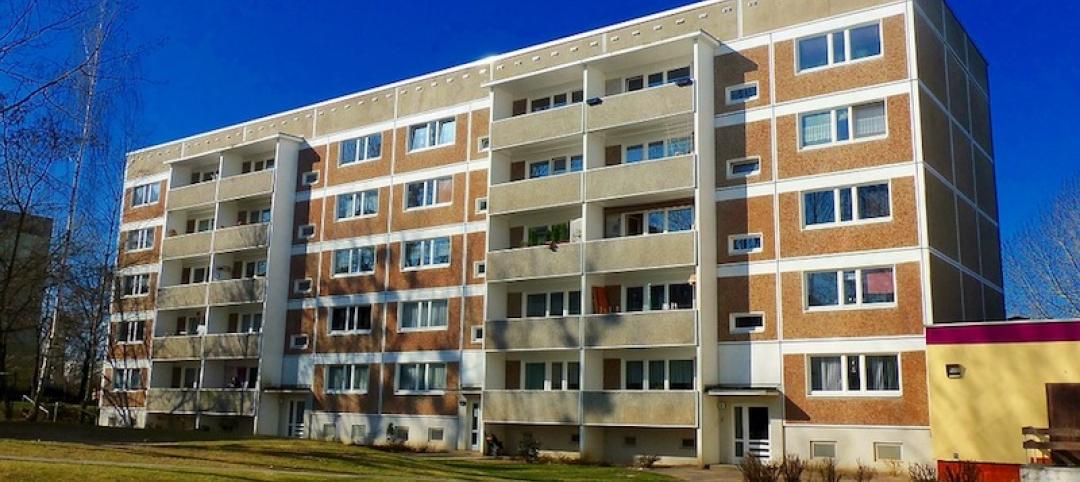New research from a George Washington University research group and LOCUS, a coalition of real estate investors that's part of Smart Growth America,says that offices in “Walkable Urban Places (WalkUPs)” bring developers 74% more rent per square foot.
The study, “Foot Traffic Ahead: Ranking Walkable Urbanism in America’s Largest Metros,” also found that areas that rank high for walkable development average 38% higher GDP than lower-ranking communities.
The researchers say that the increase in demand for pedestrian-friendly office buildings is part of a societal shift. “The last time we saw a structural change like this was back in the ’40s and ’50s,” said Christopher Leinberger, one of the authors of the report. “It’s going to take 20 to 30 years to catch up with pent-up demand.”
The study ranks the top 30 U.S. metro areas for their levels of walkable urbanism as well as projecting future rankings. It found 558 “WalkUPS” in those areas, defining them as regionally significant major employment centers. In the top 30 metros, WalkUPS take up just 1% percent of the available acreage, but account for as much as 50% of the office, hotel, apartment, and retail square footage.
Walkable urban developments are not as easy to create as the “formula product” that characterizes drivable suburban development, the study’s authors say. That’s due in part to NIMBYism and more complex permitting and review processes required in urban locations.
Related Stories
Codes and Standards | Jan 7, 2019
Washington, D.C., to transition to 100% renewable energy by 2032
Includes measures to reduce emissions from buildings and transportation.
Codes and Standards | Jan 4, 2019
Canada’s National Building Code will include climate change obligations
New durability requirements for new buildings in the works.
Codes and Standards | Jan 4, 2019
LEED v4.1 beta registration begins in January
First releases are O+M, BD+C, and ID+C.
Codes and Standards | Jan 3, 2019
U.S. Appeals Court says general contractors can be cited for subcontractor violations
Ruling will prompt review of OSH decision that said GCs cannot be held liable for subs’ violations.
Codes and Standards | Jan 3, 2019
Tall mass timber code changes receive final approval
New provisions to be included in the 2021 International Building Code.
Codes and Standards | Jan 2, 2019
ASHRAE’s Low-Rise Residential Buildings standard update now available
Performance measures are at least 50% more efficient than 2006 IECC.
Codes and Standards | Jan 2, 2019
Study compares labor hours for various low-slope roofing options
Type of roof covering, project parameters, tool management, and crew efficiency all impact profitability.
Codes and Standards | Dec 20, 2018
New York’s ‘Scaffold Law’ under fire for driving up project costs
Lawmakers under pressure to reform law that makes contractors 100% liable for work-site injuries.
Codes and Standards | Dec 19, 2018
Guidance for water utilities on indoor recycled water use released
Provides recommended ranges on 13 different parameters of water quality.
Codes and Standards | Dec 18, 2018
Development in Africa, Asia, and uptake in air conditioning will require more efficient buildings
Dramatic action will be needed for global building sector to cut carbon in line with international agreements.

















